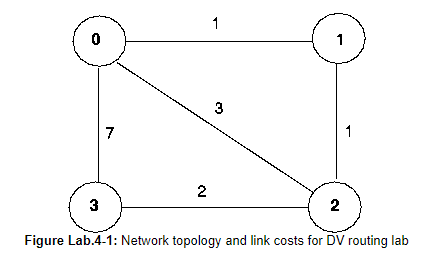

A dynamic routing protocol must discover these changes, automatically adjust its routing tables, and inform other routers of the changes. A link may fail unexpectedly, or a new link may be added. Network topologies are subject to change at any time. Dynamic routing, as opposed to static (manually entered) routing, requires routing protocol algorithms.ĭynamic routing protocols assist in the automatic creation of routing tables.

The most common link-state routing protocol is OSPF ( Open Shortest Path First). Routing protocols that use distance-vector routing protocols include RIP ( Routing Information Protocol), Cisco’s IGRP ( Internet Gateway Routing Protocol), and Apple’s RTMP ( Routing Table Maintenance Protocol). Another type of routing protocol algorithm is the link-state approach. The primary distance-vector routing protocol algorithm is the Bellman-Ford algorithm. In this table, the router updates the lower cost for A and C by updating the new weight from 4 to 3 in router A and from 4 to 3 in router C.The distance-vector routing Protocol is a type of algorithm used by routing protocols to discover routes on an interconnected network. Step 2 − If the path via a neighbor has a lower cost, then the router updates its local table to forward packets to the neighbor.

For example, A will share its routing table with neighbors B and C and neighbors B and C will share their routing table with A. Step 1 − In this DVR network, each router shares its routing table with every neighbor. In the network shown below, there are three routers, A, B, and C, with the following weights − AB =2, BC =3 and CA =5. If the path via the neighbor has a lower cost, then the router updates its local table to forward packets to the neighbor.Įxample − Distance Vector Router Protocol.It compares the delay in its local table with the delay in the neighbor’s table and the cost of reaching that neighbor.



 0 kommentar(er)
0 kommentar(er)
